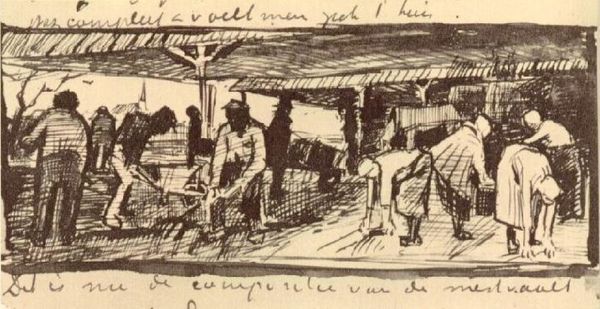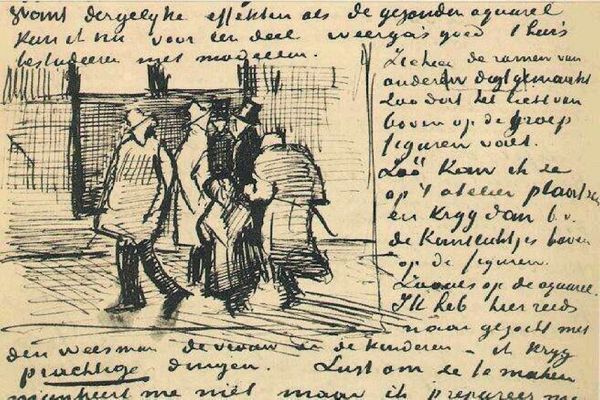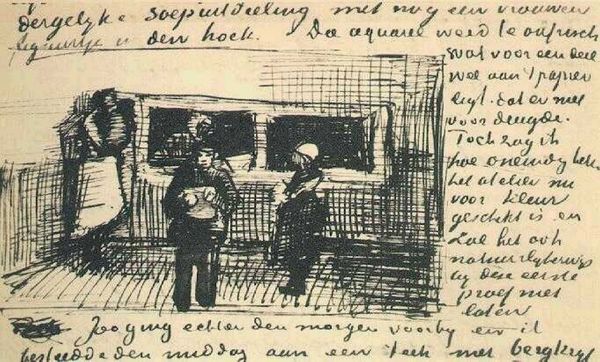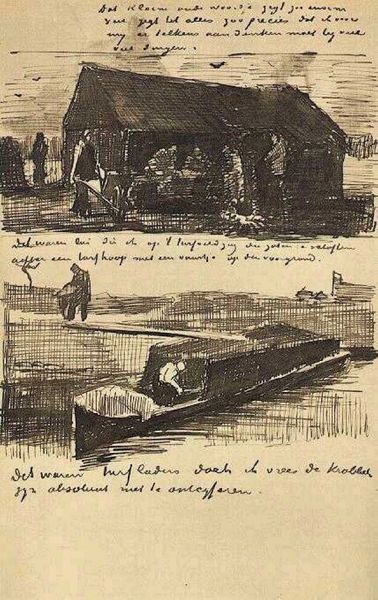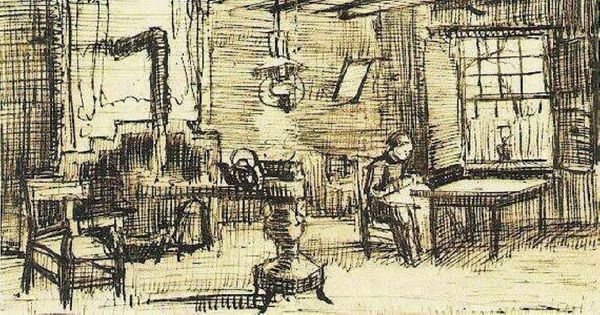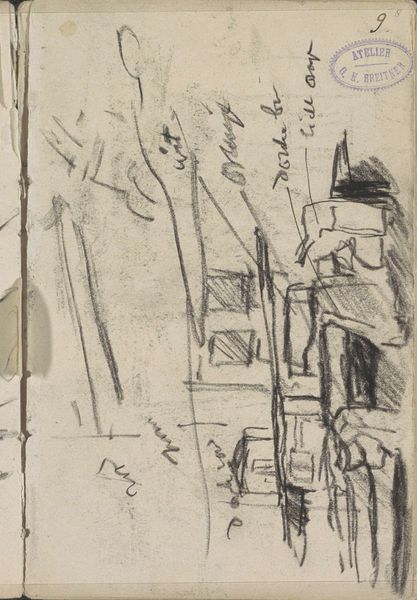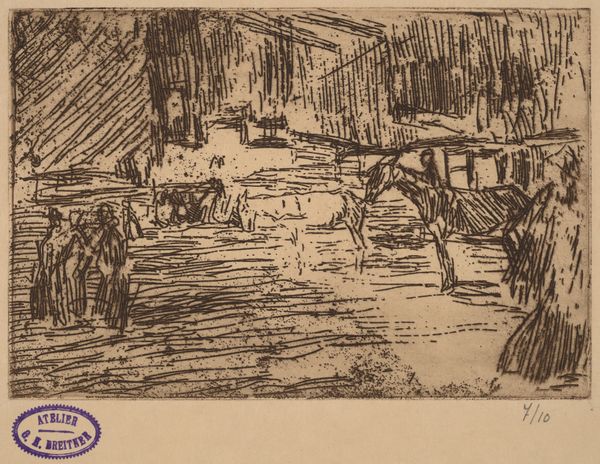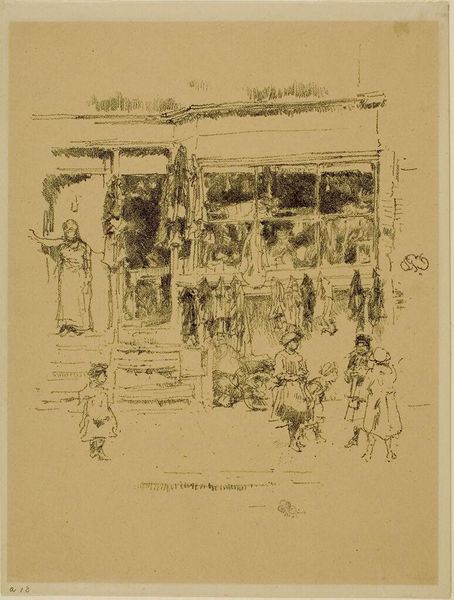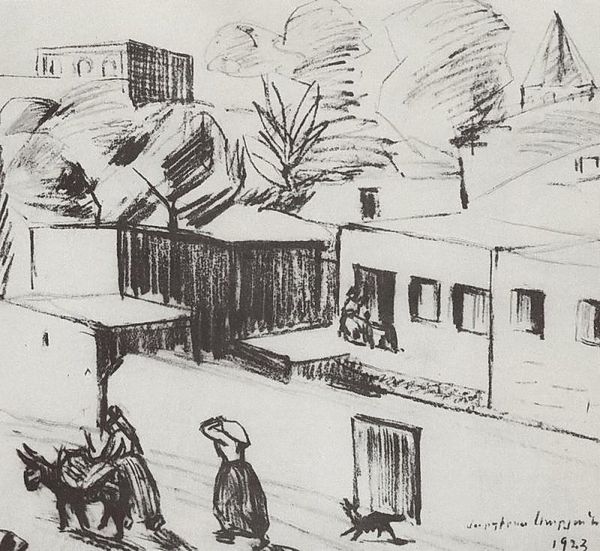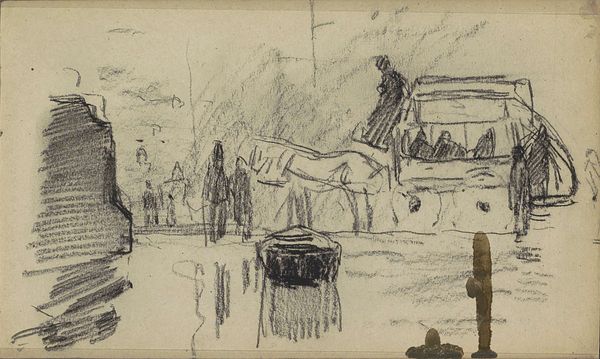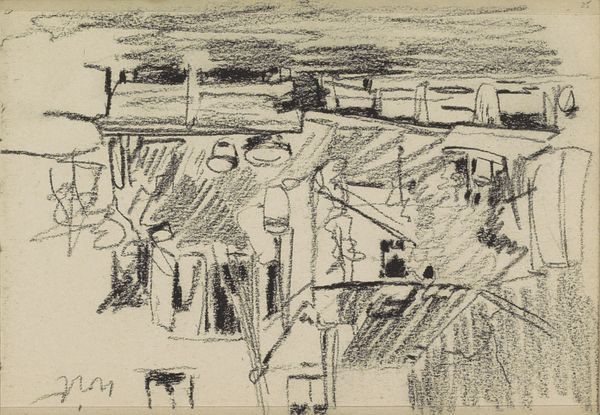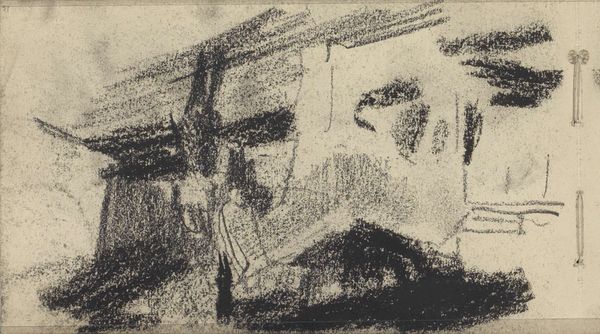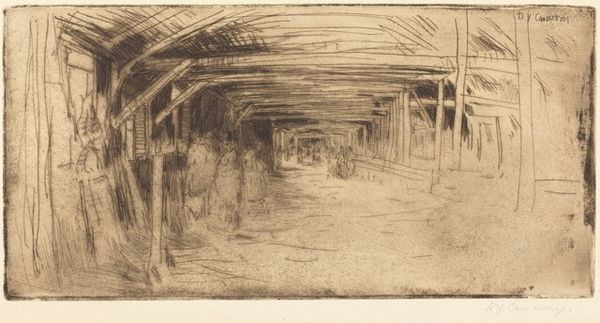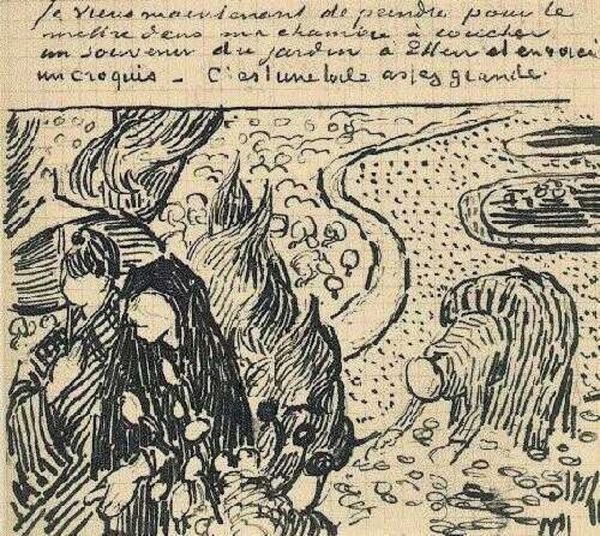
drawing, ink, pen, frottage
#
drawing
#
landscape
#
ink
#
pen
#
post-impressionism
#
frottage
Copyright: Public domain
Editor: Here we have Vincent van Gogh’s 1883 drawing, *Garbage Dump,* made with pen and ink. It's such a stark, almost brutal scene, emphasizing the difficult realities of working people. How do you interpret this work, particularly its focus on something as unseemly as a garbage dump? Curator: This piece resonates strongly with the social and political climate of the late 19th century. Van Gogh often focused on the lives of laborers, and showing a garbage dump elevates the mundane to a subject of artistic consideration. What socio-economic statement do you think Van Gogh was trying to convey with it? Editor: Maybe that the labor, however difficult and grimy, is somehow necessary? Curator: Precisely. There is a school of thought around Van Gogh, particularly after he became more well known and respected, where artists have chosen to focus on elevating scenes and locations considered to be of a lower or degraded quality to the realm of the artistically beautiful. Van Gogh’s imagery serves as social commentary and, simultaneously, presents these locations and lifestyles as integral to a comprehensive reflection of society. It begs the question: who decides what’s aesthetically pleasing and worthy of portrayal? Editor: So, showing the 'unworthy' becomes a political act in itself? I guess I never considered it that way. Curator: Exactly! And its important for us, in this setting, to examine the role institutions and gatekeepers, like museums, have had in shaping our views. We tend to only highlight “pleasant” things for public viewing. Editor: I see. Thinking about art's role and responsibility this way, gives new weight to Van Gogh's choice here. Thanks for shedding light on this; it's certainly challenged my initial reaction.
Comments
No comments
Be the first to comment and join the conversation on the ultimate creative platform.
